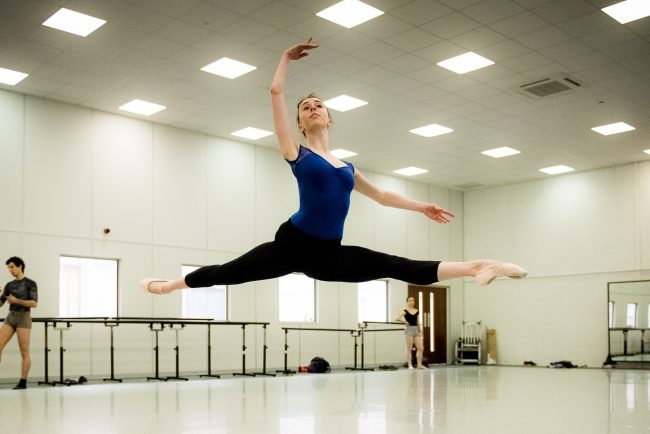Hip impingement in the dynamic young dancer
Published on
28 Feb 2020


Written by
Kate Senini
Consultant Physiotherapist
Call us on: (03) 9975 4133
Hip injuries are common even amongst the most active. So how hip impingement affects dancers and their ability to perform their best? This weeks’ article digs a little deeper into “FAI” or Femoroacetabular Impingement
Hip impingement in dancers can be a source of stiffness, muscle pain and decreased performance. If left untreated, it can lead to the end of a sporting or dance career. This is especially true for dancers, who often present for assessment months, or years, after the initial onset of pain.
FAI diagnosis.
The most common form of hip impingement injury, is a diagnosis of Femoroacetabular impingement (FAI).
FAI is the change in hip joint structurally around the ‘ball and socket’ joint. This impingement generally manifests in stiffness, pain and muscle weakness or atrophy.
There are three main types of FAI:
- Cam Lesions refer to a change in the femoral head (the highest part of the thigh bone). This leads to the development of a bump around the femoral neck, which means the femoral head bone can no longer rotate smoothly within the joint.
- Pincer Lesions refer to when extra bone (spurring) is seen extending over the acetabular rim. The acetabular rim is the socket that meets the femoral head in the hip joint.
- Combined Lesions refer to a combination of both Cam and Pincer Lesions seen in the hip joint.
FAI is considered to be a major contributor for a variety of hip pathologies. However, this injury exhibits itself differently in dancers vs. general athletes. This may be due to the increased range of motion and stress placed on the joint at high range.
Symptoms of hip impingement can include:
- Deep aching pain in the anterior groin.
- Night pain.
- Mechanical symptoms – clicking, catching and giving way.
The difference with dancers.
Dancers tend to experience symptoms of FAI, despite normal hip morphology. There is also increased incidences of superior and postero-superior labral tears or impingement. This contrasts with the general population, who usually develop tears in the anterior or antero-superior labrum.
The injuries incurred by dancers are both distinct and more common – with impingement and labral tears in dancers being as high as 23.5%, compared to only 5-6% of the general population experiencing these injuries.
The major causes of labral injuries are trauma, FAI, capsular laxity, hip dysplasia and degeneration. It has been suggested that up to 85% of dancers with labral tears also exhibit concomitant cartilage abnormalities.
Charbonnier et al (2009) found that during dance positions such as, grand écart facial, grand écart latéral, développé à la seconde and grand plié, a large amount of stress is placed on the hips of the dancer.
They also reported that the highest frequency of hip impingement occurs in grand écart latéral in the front (flexed) leg, whilst développé à la seconde, grand écart facial and grand pliés have an increased frequency of subluxation of the hip joint. As a result, it is generally advised that repetition of these movements is restricted.
We’re here to help.
Treatment for hip impingement generally includes manual therapy to address the movement compensations and restrictions that are often seen secondary to the underlying hip joint pathology. This includes addressing the pelvis, lower back, and thigh musculature and reducing this secondary tension.
Rehabilitation is a key component to retrain the musculature around the hip joint in order to provide the best possible level of stability of the joint, as well as normalising strength and functional movement. Patient education is vital to help this population understand their limitations during a rehabilitation process, and understanding the requirements of their high level performance. This is conducted in line with technique analysis and correction under advice from a dance teacher or dance company director.
To learn more about treating hip impingement, get in touch or make an appointment with one of our friendly staff today.
About the Author
Kate Senini — Consultant Physiotherapist
Kate, who was a founding partner at Pure Physio in 2010, is now working exclusively in a clinical role. Helping people recover from injury and prevent future injuries has always been her true passion!


